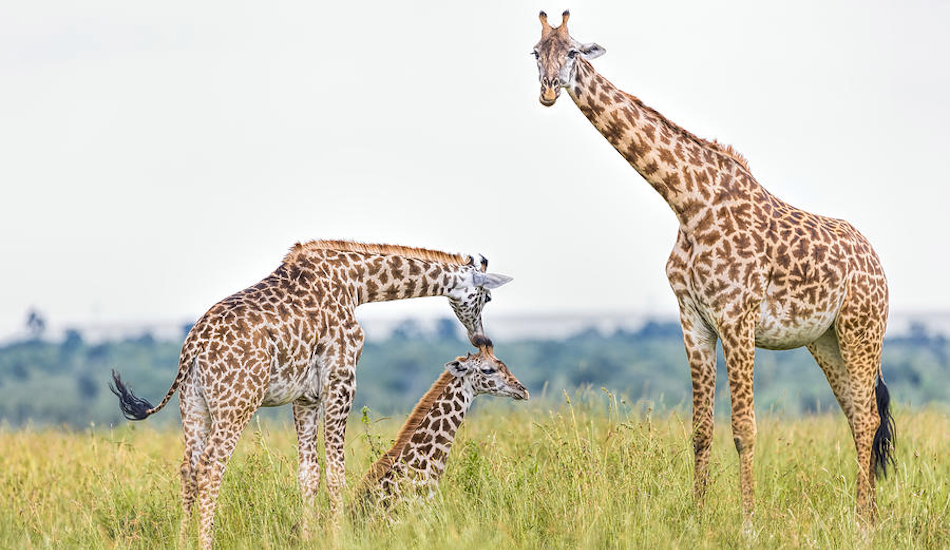Overview
An 8-day combined Kenya & Tanzania safari is an excellent way to experience the highlights of East Africa’s most renowned safari destinations. It’s a busy, action-packed itinerary, but it allows you to tick off bucket-list experiences like the Great Migration (seasonally), the Big Five, and the stunning landscapes of both countries.
Here’s an overview of what you can expect from an 8-day combined safari:
Core Destinations:
- Kenya: Primarily the Maasai Mara National Reserve. This is arguably Kenya’s most famous park, globally recognized for its exceptional wildlife density and as the stage for the dramatic Mara River crossings during the Great Migration.
- Tanzania: Usually focuses on the Northern Safari Circuit, which includes:
- Serengeti National Park: Tanzania’s vast iconic park, home to the largest terrestrial mammal migration on Earth, and abundant resident wildlife including all the major predators.
- Ngorongoro Conservation Area (and Crater): A UNESCO World Heritage Site, often called the “Garden of Eden” or “Africa’s Eden.” The self-contained caldera boasts an incredibly high concentration of wildlife, offering excellent chances to see the Big Five in a single day.
- Sometimes, depending on the itinerary, Tarangire National Park (known for elephants and baobab trees) or Lake Manyara National Park (known for tree-climbing lions and birdlife) might be included for a brief visit.
Travel Logistics:
- Border Crossing: The most common border crossing for these combined safaris is Isebania/Sirari, which connects the Maasai Mara region of Kenya with the western/central Serengeti area of Tanzania. Another option is Namanga, located between Nairobi and Arusha. Your safari operator will manage the cross-border logistics, which involves disembarking your vehicle, going through immigration and customs for both countries, and potentially changing vehicles/guides.
- Mode of Transport:
- Internal Flights: To save time, many combined safaris utilize short regional flights (e.g., from Maasai Mara airstrips to Serengeti airstrips, or Nairobi to Arusha). This is the quicker but more expensive option.
- Overland Drives: More budget-friendly options will involve longer road transfers between the parks and across the border. Be prepared for potentially long and dusty drives on some sections.
- Starting/Ending Points: Most combined safaris either start in Nairobi (Kenya) and end in Arusha (Tanzania), or vice versa, often flying into one international airport (e.g., Jomo Kenyatta International Airport – NBO in Nairobi or Kilimanjaro International Airport – JRO in Tanzania) and departing from the other.

